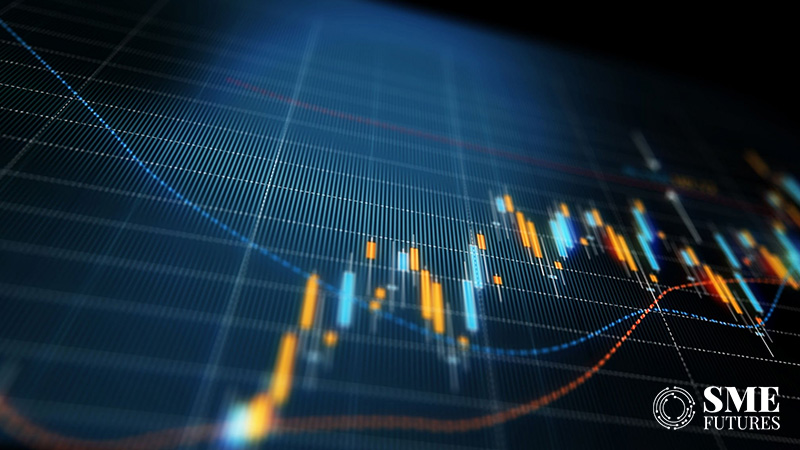Foreign Portfolio Investors (FPIs) pumped in Rs 43,838 crore in Indian equities in May, the highest level in nine months, supported by strong macroeconomic fundamentals, and reasonable valuations.
FPIs continued the buying stance in June too and invested Rs 6,490 crore in just two trading sessions of the month, data with the repositories showed.
VK Vijayakumar, Chief Investment Strategist at Geojit Financial Services, said that inflow by FPIs will continue in the current month since the latest GDP data and high-frequency indicators reflect a robust economy gaining further strength.
According to the data, FPIs invested a net sum of Rs 43,838 crore in Indian equities in the entire month of May.
This is the highest level of investment by FPIs in the last nine months. Before this, they put in a net sum of Rs 51,204 crore in equities in August 2022, data showed.
This came following a net infusion of Rs 11,630 crore in equities in April and Rs 7,936 crore in March.
The March investment was mainly driven by bulk investment in the Adani Group companies by US-based GQG Partners. However, if one adjusts for the investments of GQG in Adani Group, the net flow was negative.
Moreover, in the first two months of the year, FPIs had pulled out over Rs 34,000 crore.
Himanshu Srivastava, Associate Director – Manager Research at Morningstar India, said the latest net inflows are largely driven by the strong domestic macro-outlook, reasonable valuation of the Indian equities, and a good earning season signifying better growth prospects.
The sustained buying by FPIs has lifted the NSE benchmark index, Nifty, during the period under review.
Interestingly, India attracted the largest investment among all emerging markets, and FPIs were sellers in China.
In terms of sectors, financials, automobiles, telecom, and construction are attracting big investments.
Apart from equities, FPIs invested Rs 3,276 crore in the debt market in May.
So far in 2023, foreign investors have put in Rs 35,748 crore in the Indian equities and Rs 7,471 crore in the debt market.










